
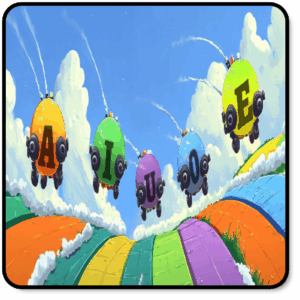
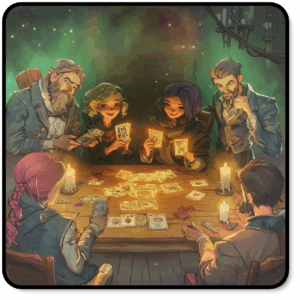







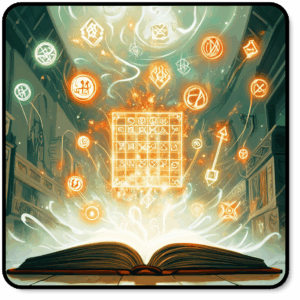
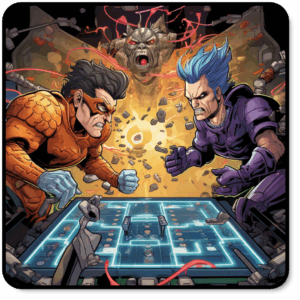
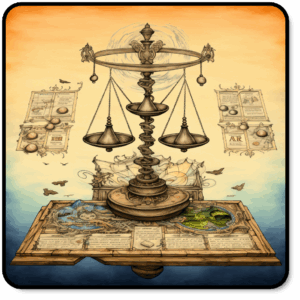





Hex Chain
Mechanics
Connections • Hexagon Grid • Pattern Building
Game Overview
Core Concept:
Hex Chain is a 2-player abstract strategy game where players compete to create the longest continuous chains of color-coded discs on a shared hex board. Each turn, players tactically place two discs on their own side and one on their opponent’s and blocking them from using that color on their next turn.
Key Systems:
- Three-Disc Placement with Color Blocking:
- On their turn, a player selects 3 discs of different colors, placing 2 on their own side and 1 on the opponent’s. The color placed on the opponent’s side becomes blocked for that opponent’s next turn, restricting their choices and fueling strategic denial.
- Shared Central Board and Adjacency Rules:
- All disc placements must begin within the neutral gray center. Once the gray area is filled, all subsequent placements must be adjacent to existing discs, promoting spatial awareness and tactical chaining.
- Wild Discs (White):
- Each player begins with 3 white discs:
- White Discs are flexible and can be played on any space and be any color. They are replaced after the turn with a chosen color.
- Chain Formation and Scoring:
- Chains consist of 4 or more connected discs of the same color, forming only through 60-degree angles (no sharp turns). Chains of 3 or fewer do not score. Players earn 1 point per disc in a valid chain.
- Bonus Multiplier:
- If two or more different-color chains are the same length, their combined length is multiplied by the number of unique colors involved. This bonus encourages players to build multiple balanced chains rather than focusing on a single dominant color.
Design Principles:
- Head-to-Head Tactics: Every placement affects both players, creating constant tension and denial opportunities.
- Dynamic Pacing: The color-blocking mechanic forces players to adapt turn-by-turn, making no two turns the same.
- Elegant Complexity: With simple rules and deep emergent strategy, Hex Chain encourages both intuitive play and long-term planning.
Endgame Structure:
- Trigger: The game ends when one of the color discs runs out.
- Victory Condition: The player with the highest score from valid chains (plus bonus multipliers) wins.
Scoring Examples:

Future Expansion Ideas:
- Advanced Wild Disc Powers: Introduce new types of wild discs with single-use effects or conditional abilities.
- Modular Board Layouts: Change the shape of the neutral zone or side boundaries to vary play style and strategy.
- Asymmetrical Starting Powers: Give each player a unique color affinity or placement ability for deeper replayability.
